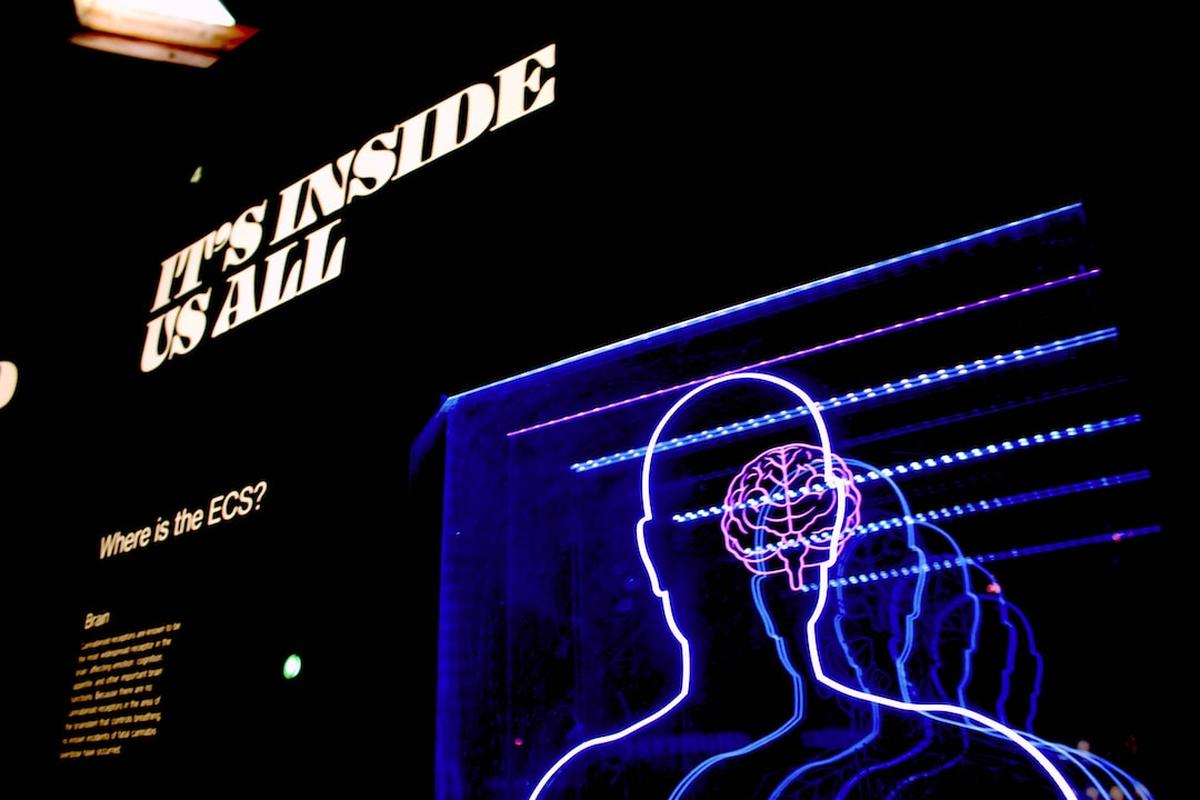The theory of evolution, first proposed by Charles Darwin in the 19th century, has been instrumental in shaping our understanding of the natural world, including human life. It provides a scientific explanation for the diversity of life on Earth and the mechanisms through which species change and adapt over time. This theory is not just about the past; it continues to have profound implications for our present and future. It offers insights into human behavior, health, social interactions, psychology, and culture, helping us understand who we are and why we behave the way we do.
Understanding the Basics of Evolution
The Role of Natural Selection in Evolution
Natural selection, often described as the engine of evolution, is the process through which species adapt to their environment to survive and reproduce. It operates on the principle that individuals within a species exhibit variations in their traits, and those with traits that enhance survival and reproduction are more likely to pass these traits to the next generation. Over time, these advantageous traits become more common within the population, leading to evolutionary change.
The Concept of Survival of the Fittest
Coined by Herbert Spencer, the phrase “survival of the fittest” is often used to describe the process of natural selection. However, it’s crucial to understand that “fittest” doesn’t necessarily mean the strongest or the most intelligent. Instead, it refers to the individuals who are best adapted to their environment and thus more likely to survive and reproduce.
The Process of Adaptation and Evolution
Adaptation is a key component of evolution. It refers to the process through which organisms develop traits that enhance their survival and reproductive success in a particular environment. These adaptations can be physical, such as the development of camouflage in certain animals, or behavioral, such as the migratory patterns of birds. Over generations, these adaptations can lead to significant changes in a species, a process known as evolution.
Evolution and Human Traits
Evolutionary Explanation for Physical Traits in Humans
Our physical traits, from our upright posture to our opposable thumbs, can be traced back to our evolutionary history. For instance, our ancestors evolved to walk on two legs, a trait known as bipedalism, which freed up our hands for other tasks and allowed us to see over tall grasses in the savannah. Similarly, our opposable thumbs evolved to help us grasp and manipulate objects, a crucial ability in tool use.
Evolutionary Perspective on Human Behavioral Traits
Evolution also offers insights into our behavioral traits. For example, our propensity for cooperation and altruism can be explained by kin selection, a theory suggesting that we are more likely to help those who share our genes. Similarly, our capacity for language, a unique human trait, likely evolved as a means of enhancing social communication and cooperation.
Evolution and Human Health
Evolutionary Medicine: Understanding Diseases and Health Conditions
Evolutionary medicine applies evolutionary principles to understand health and disease. It suggests that many modern diseases, such as diabetes and heart disease, may be linked to mismatches between our evolved traits and our current environment. For instance, our ancestors evolved to crave high-calorie foods, a useful trait in an environment where food was scarce. However, in today’s world of abundant and easily accessible food, this trait can lead to overeating and obesity.
Evolutionary Insights into Human Aging and Longevity
Evolution also provides insights into human aging and longevity. The theory of antagonistic pleiotropy suggests that some genes may enhance fitness in early life but have detrimental effects in later life, leading to aging. This theory helps explain why we age and why certain diseases are more common in older individuals.
Evolution and Human Social Behavior
Evolutionary Roots of Human Socialization
Humans are inherently social creatures, and our social behaviors have deep evolutionary roots. Our ancestors lived in groups, which provided protection from predators and increased access to resources. This group living likely drove the evolution of our complex social behaviors, including cooperation, empathy, and altruism.
Evolution and the Development of Human Societies
The development of human societies can also be traced back to our evolutionary history. Our ancestors lived in small, close-knit groups, and the need to navigate these complex social environments likely drove the evolution of our large brains. Over time, these small groups coalesced into larger societies, with complex social structures and cultural norms.
Evolution and Human Psychology
Evolutionary Psychology: A New Perspective on Human Behavior
Evolutionary psychology applies evolutionary principles to understand human behavior and cognition. It suggests that our minds, like our bodies, have been shaped by natural selection. This perspective can provide insights into a wide range of human behaviors, from mate choice to aggression, and cognitive abilities, from problem-solving to language acquisition.
Evolutionary Explanation for Human Emotions and Cognitive Abilities
Our emotions and cognitive abilities also have evolutionary roots. For instance, fear and anxiety likely evolved as responses to threats in our environment, helping our ancestors survive. Similarly, our cognitive abilities, such as problem-solving and planning, likely evolved to help us navigate our complex social and physical environments.
Evolution and Human Culture
Cultural Evolution: The Interplay of Culture and Biological Evolution
Culture, defined as shared beliefs, values, and practices, is a unique human phenomenon. However, it’s increasingly recognized that culture and biological evolution are intertwined. Cultural practices can shape our evolutionary trajectory, a process known as gene-culture coevolution. For instance, the cultural practice of dairy farming likely drove the evolution of lactose tolerance in certain human populations.
Evolutionary Insights into Human Art, Language, and Religion
Art, language, and religion, key components of human culture, can also be viewed through an evolutionary lens. For instance, art and music may have evolved as forms of social bonding or mate attraction. Language likely evolved to facilitate social communication and cooperation. Religion, with its moral codes and social norms, may have evolved to promote social cohesion and cooperation.
Controversies and Misunderstandings about Evolution
Common Misconceptions about the Theory of Evolution
Despite its scientific validity, the theory of evolution is often misunderstood. One common misconception is that evolution is just a theory, implying that it’s merely a guess or hypothesis. However, in scientific terms, a theory is a well-substantiated explanation of some aspect of the natural world, based on a body of facts that have been repeatedly confirmed through observation and experiment.
Addressing the Controversies: Evolution vs. Creationism
The theory of evolution has also been the subject of controversy, particularly in relation to religious beliefs about creation. However, it’s important to note that science and religion address different questions. Science seeks to understand how the natural world works, while religion addresses questions of meaning and purpose. Many religious individuals and groups accept the theory of evolution and see no conflict between their faith and science.
The Future of Human Evolution
Predicting Future Human Evolution: Possibilities and Challenges
Predicting the future of human evolution is a challenging task, given the complexity of evolutionary processes and the influence of culture and technology on our evolutionary trajectory. However, scientists speculate that future human evolution may involve changes in our cognitive abilities, lifespan, and resistance to disease, among other traits.
The Role of Technology in Shaping Human Evolution
Technology, from stone tools to genetic engineering, has always shaped our evolution. Today, advances in technology, particularly in genetics and artificial intelligence, have the potential to significantly influence our evolutionary future. For instance, genetic engineering could allow us to directly modify our genes, potentially leading to new evolutionary paths.
Wrap-up
The theory of evolution provides a powerful framework for understanding human life. It offers insights into our physical and behavioral traits, our health, our social behaviors, our psychology, and our culture. Despite controversies and misunderstandings, the theory of evolution remains a cornerstone of modern science, and its relevance in understanding human life continues to grow. As we look to the future, the theory of evolution will continue to guide our understanding of our past, our present, and our potential future.
Frequently Asked Questions
What is the theory of evolution?
The theory of evolution is a scientific explanation for the diversity of life on Earth. It suggests that species change and adapt over time through the process of natural selection.
How does evolution affect human behavior?
Evolution has shaped our behaviors, from our propensity for cooperation and altruism to our capacity for language. These behaviors likely evolved to enhance our survival and reproductive success.
What is evolutionary medicine?
Evolutionary medicine applies evolutionary principles to understand health and disease. It suggests that many modern diseases may be linked to mismatches between our evolved traits and our current environment.
How does evolution explain human social behavior?
Our social behaviors have deep evolutionary roots. Our ancestors lived in groups, which provided protection and increased access to resources. This group living likely drove the evolution of our complex social behaviors.
How does culture relate to evolution?
Culture and biological evolution are intertwined. Cultural practices can shape our evolutionary trajectory, a process known as gene-culture coevolution.
How does technology influence human evolution?
Technology has always shaped our evolution. Advances in technology, particularly in genetics and artificial intelligence, have the potential to significantly influence our evolutionary future.
References:
- Darwin, C. (1859). On the Origin of Species. John Murray.
- Gould, S. J. (2002). The Structure of Evolutionary Theory. Harvard University Press.
- Jablonka, E., & Lamb, M. J. (2005). Evolution in Four Dimensions: Genetic, Epigenetic, Behavioral, and Symbolic Variation in the History of Life. MIT Press.
- Ridley, M. (2003). Nature via Nurture: Genes, Experience, and What Makes us Human. HarperCollins.
- Wilson, E. O. (1975). Sociobiology: The New Synthesis. Harvard University Press.








